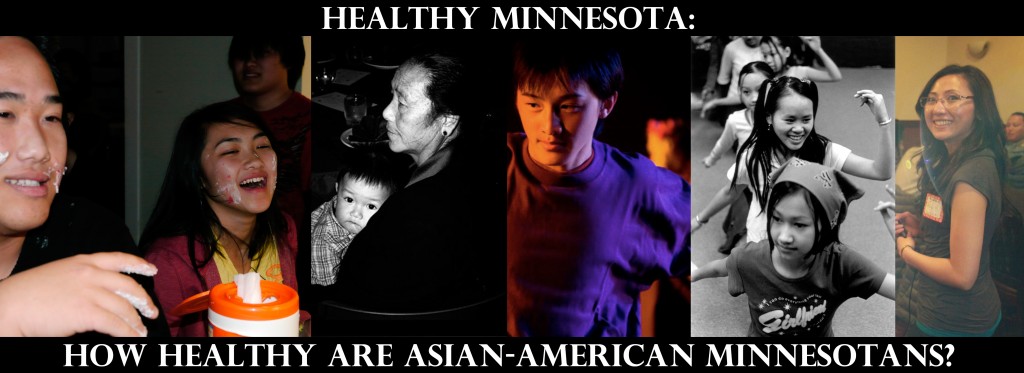
Once you have learned your calories consumption every day, you may begin to notice your decreased weight, but it is only the beginning step of right step.
As the picture shows, the fuel produced to your body by 2000 calories of gingerbread cookies is not as same as 2000 calories of meat, vegetable, and fruit.
Your body digests different types of nutrients differently. There are basic bodily functions of all sorts of nutrients: building muscle, transporting nutrients, storing energy as fat for later use, fueling various muscle. Below are how a person compose a basic meal:
Protein: When you exercise, your muscles are broken down and then use protein to rebuild themselves stronger while recovering. Protein absolutely NEEDS to be a main component of every meal. Aim for one gram per pound (two grams per KG) of lean body weight, or just do one gram per pound of body weight if you don’t want to do the math – with an upper limit of 200 grams. Sources of protein include chicken, eggs, beef, pork, fish, nuts, legumes, quinoa, and most dairy products.
Carbohydrates: When you eat carbohydrates, they get converted to glucose (sugar) in your system, which is then used to provide energy for all sorts of body functions to take place. Vegetables and/or fresh fruit are quality sources of carbohydrates, with grains being less so in my opinion…but we’ll get to more grains later. There are certainly bad carbohydrates (processed carbs, refined grains, and more), and those are the ones we want to avoid. Unless you’re a marathon runner, you can function with WAY less carbs than you’re probably consuming now.
Fat: Fat is easily the most misunderstood macro-nutrient in your diet; long story short: fat is absolutely critical to your body and should make up a BIG portion of your daily calories. Things like avocados, almonds, olive oil, walnuts, and almond butter are great sources of healthy fat (polyunsaturatured and monounsaturated). If you would like to take saturated fat, then full fat milk, coconut milk, and fatty cuts of meat will provide you with sources of saturated fat.



